Bibliography
Letters of Ioulia Bimpa from prison, Donated by Antonis Mytilinaios, Historical Archives of the Benaki Museum
” Gynaikes stin Antistasi” [Women in Resistance], Movement ” I gynaika stin Antistasi” [The Woman in Resistance], Athens 1982 [testimonies of Alekos Bimpas and Antonis Mytilinaios about Ioulia Bimpa, pp.150-153]
Chatzivasileiou Evanthis, “Panellinia Enosis Agonizomenon Neon (PEAN) (1941-1945)» [Panhellenic Union of Young Agonists (PEAN) (1941-1945)], Athens 2004
Panellinios Enosis Agonizomenon Neon (PEAN) [Panhellenic Union of Young Agonists (PEAN)], Mystikos typos tis Katochis [Secret Press of the Occupation], Diogenis
Audiovisual archives
Broadcast by Freddy Germanos, I anatinaxi tis ESPO [The blowing up of ESPO]
Documentary produced by COSMOTE, “Aftoi pou tolmisan : Ioulia Bimpa” [Those who dared : Ioulia Bimpa], directed by Kalliopi Legaki, 2017

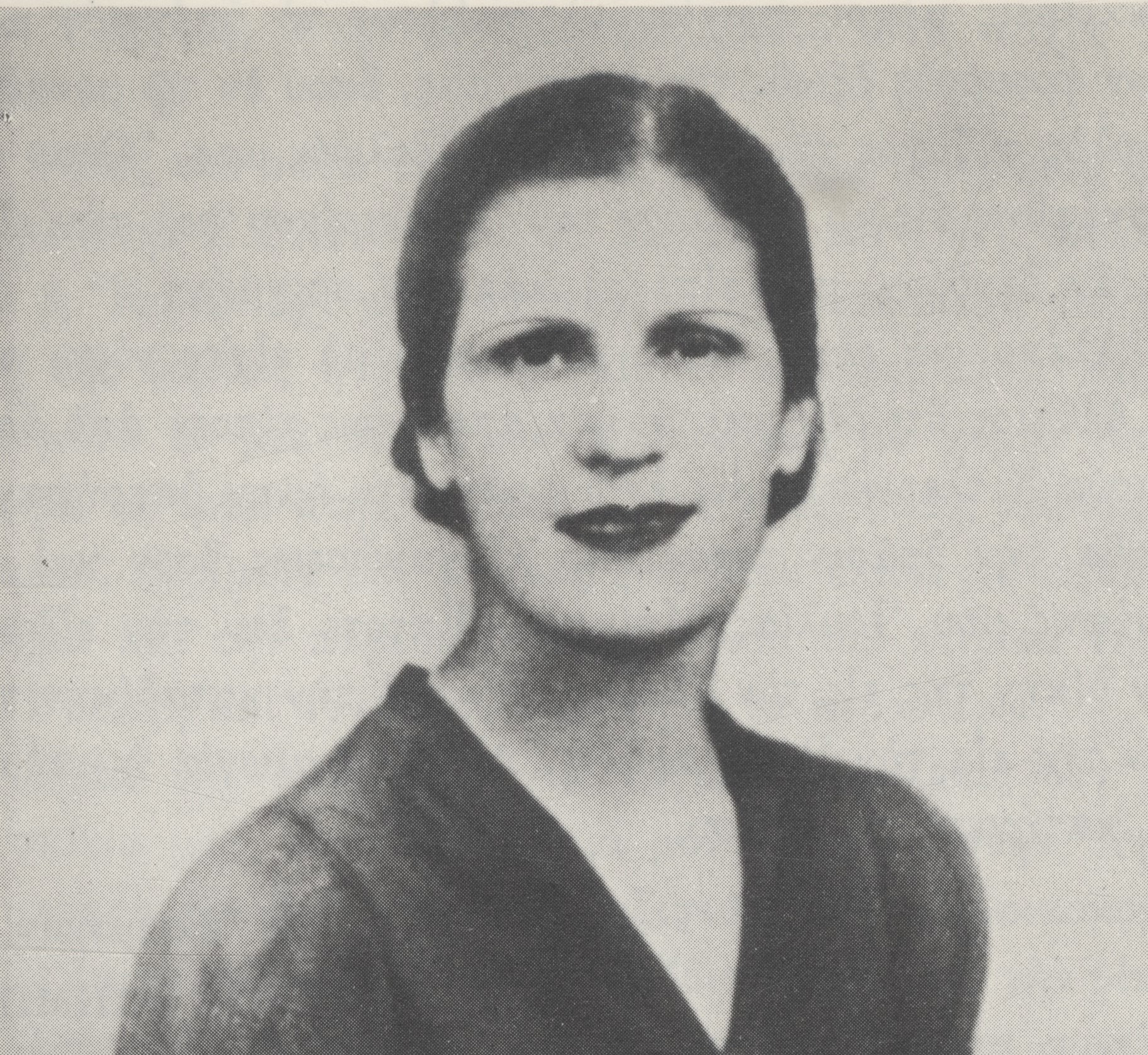
![The illegal resistance newspaper Doxa [Glory] of the Panhellenic Organization of Young Workers (PEAN), F.3, 5/1942.The newspaper was circulating illegally in Athens during the German Occupation (ASKI, EPON Archive)](https://aski.gr/wire/wp-content/uploads/2024/03/ASKI_Bimba_02.jpg)
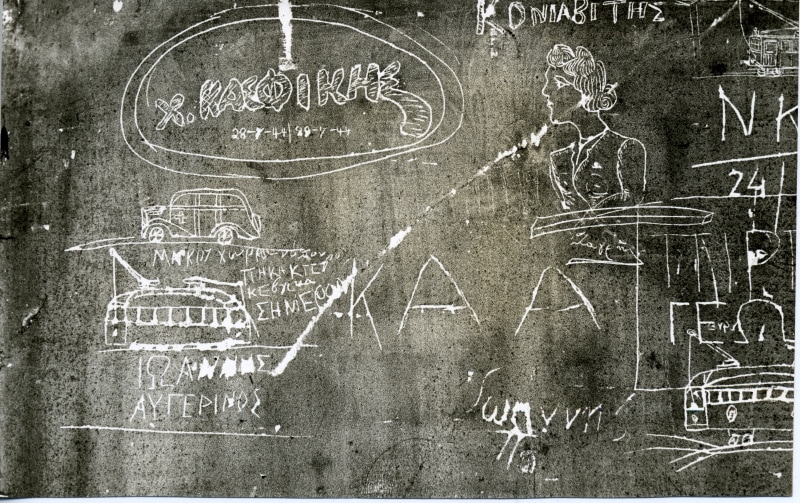
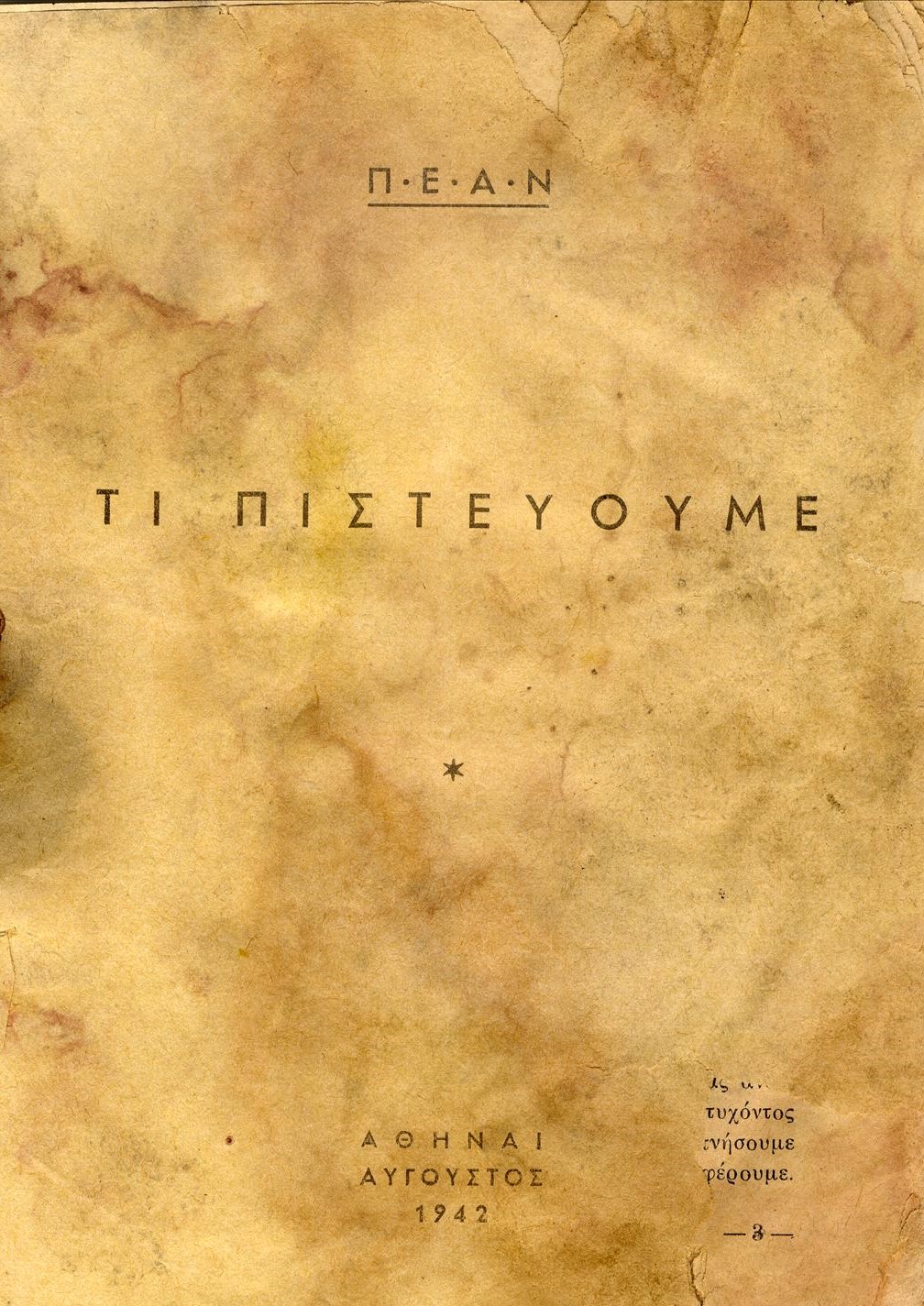
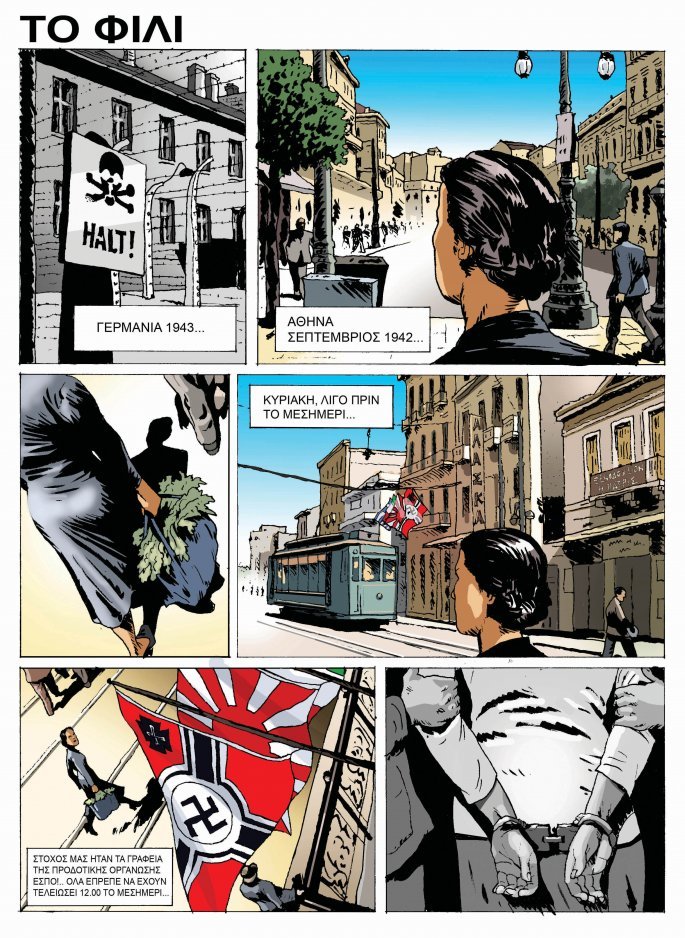
![Front page of the illegal newspaper of the Panhellenic Organization of Struggling Youth (PEAN), Doxa [Glory], 1943. On the front page, reference to the leader of the organisation Kostas Perrikos who was executed (ASKI Library) - ASKI](https://aski.gr/wire/wp-content/uploads/2024/03/ASKI_Bimba_06.jpg)
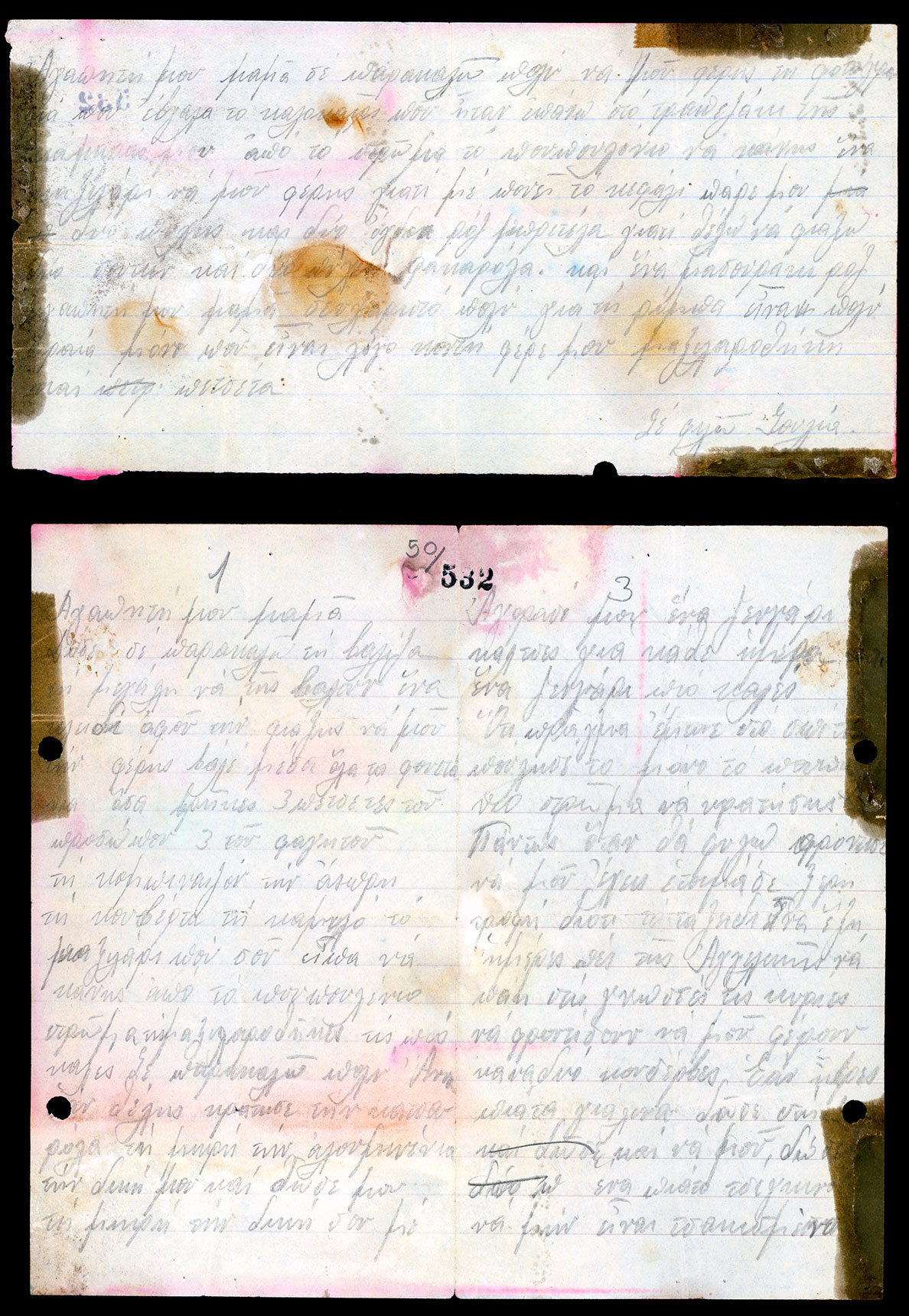
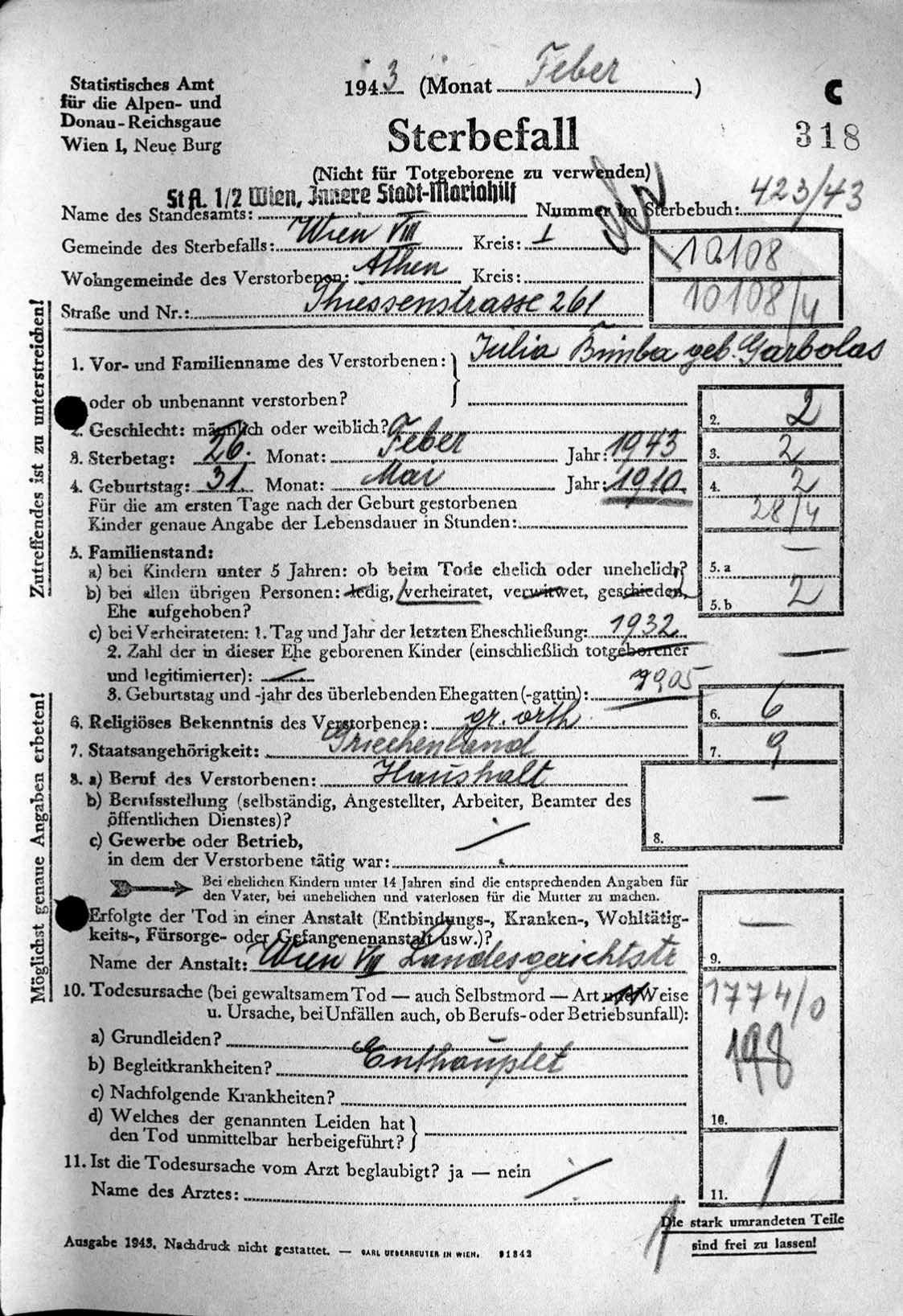
![Publication of the illegal newspaper Doxa [Glory], on the death of the resistance fighter Ioulia Bimpa, 25/3/1943 (ASKI Library)](https://aski.gr/wire/wp-content/uploads/2024/03/ASKI_Bimba_09.jpg)
